Archives
- 2025-12
- 2025-11
- 2025-10
- 2025-09
- 2025-03
- 2025-02
- 2025-01
- 2024-12
- 2024-11
- 2024-10
- 2024-09
- 2024-08
- 2024-07
- 2024-06
- 2024-05
- 2024-04
- 2024-03
- 2024-02
- 2024-01
- 2023-12
- 2023-11
- 2023-10
- 2023-09
- 2023-08
- 2023-06
- 2023-05
- 2023-04
- 2023-03
- 2023-02
- 2023-01
- 2022-12
- 2022-11
- 2022-10
- 2022-09
- 2022-08
- 2022-07
- 2022-06
- 2022-05
- 2022-04
- 2022-03
- 2022-02
- 2022-01
- 2021-12
- 2021-11
- 2021-10
- 2021-09
- 2021-08
- 2021-07
- 2021-06
- 2021-05
- 2021-04
- 2021-03
- 2021-02
- 2021-01
- 2020-12
- 2020-11
- 2020-10
- 2020-09
- 2020-08
- 2020-07
- 2020-06
- 2020-05
- 2020-04
- 2020-03
- 2020-02
- 2020-01
- 2019-12
- 2019-11
- 2019-10
- 2019-09
- 2019-08
- 2019-07
- 2019-06
- 2019-05
- 2019-04
- 2018-11
- 2018-10
- 2018-07
-
When analyzing HIV AIDS patients in S o Paulo
2022-01-21
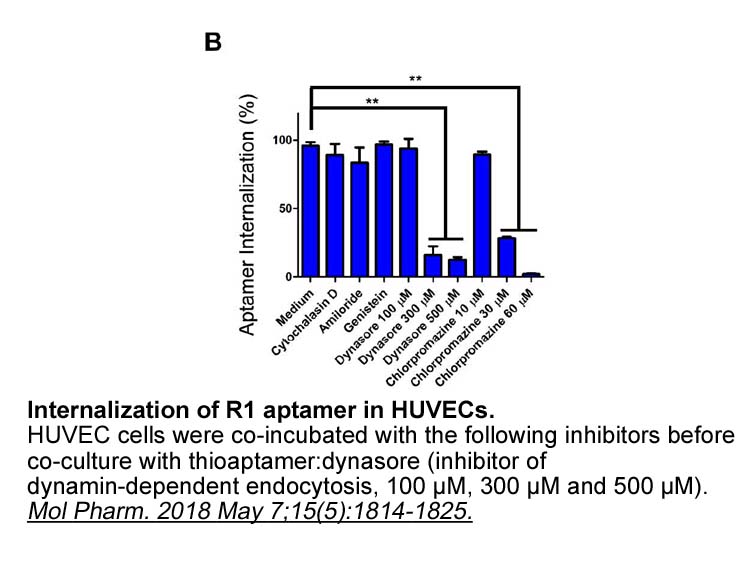
When analyzing HIV/AIDS patients in São Paulo, we detected an association between HIV/HTLV-1/2 infection in black/pardo-colored individuals (OR 2.21, 95% CI 1.21–4.03). However, the majority of serum samples were from patients attending specialized services for hepatitis, other than HIV/AIDS or HTLV
-
Recently CFS has been included in
2022-01-21
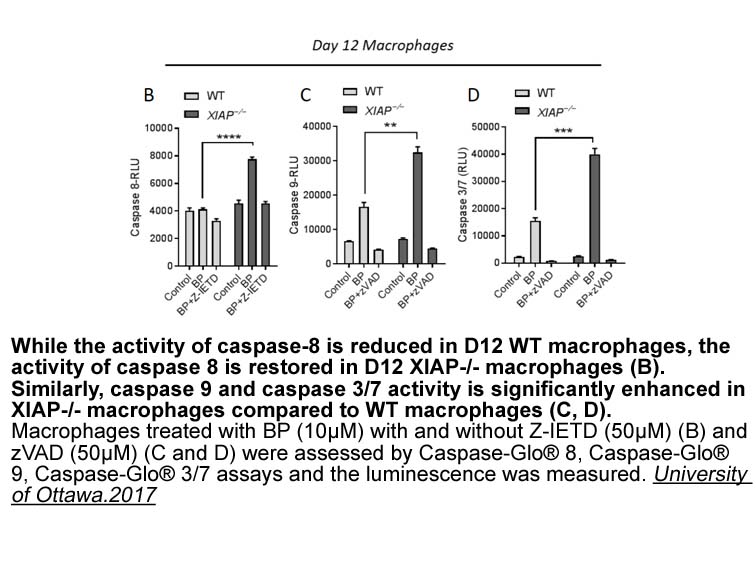
Recently, CFS has been included in the group “low cystine and glutamine syndromes,” which are characterized by a combination of abnormally low plasma levels of these two aminoacids, as well as reduced natural killer cell activity, and increased rates of urea production [13]. Some studies indicated
-
The transport of glutamate by EAAT from the extracellular fl
2022-01-20
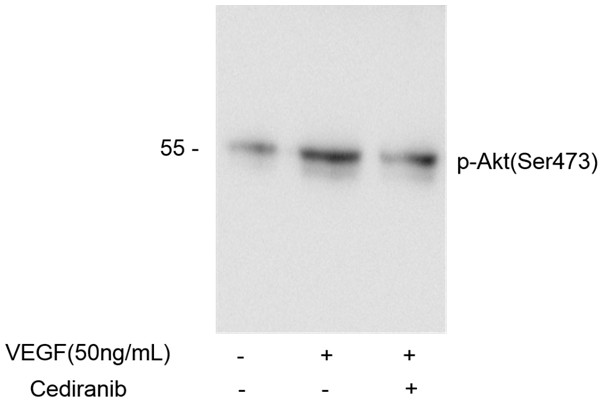
The transport of glutamate by EAAT2 from the extracellular fluid into either astrocytes or endothelial cells is an unfavorable and energy-consuming process. This energy is provided by a coupled co-transport of three sodium ions, one proton, and one glutamate molecule in the counter-transport of one
-
br Acknowledgments This work was supported
2022-01-20

Acknowledgments This work was supported by a grant CIHR-NSFC China-Canada Joint Health Research from the National Science Foundation of China (Grant Number 81061120525) and the Canadian Institutes for Health Research (Grant number CCI-109605). The authors thank two anonymous reviewers for helpful
-
br GJs in the brain br Alterations
2022-01-20

GJs in the brain Alterations of GJs in epilepsy The role of GJ blockers and openers in epilepsy As previously known, GJ-mediated electrical coupling plays a role in the generation of highly synchronous electrical activity. The hypersynchronous neuronal activity is a significant feature of c
-
Many investigators have noted structural
2022-01-20
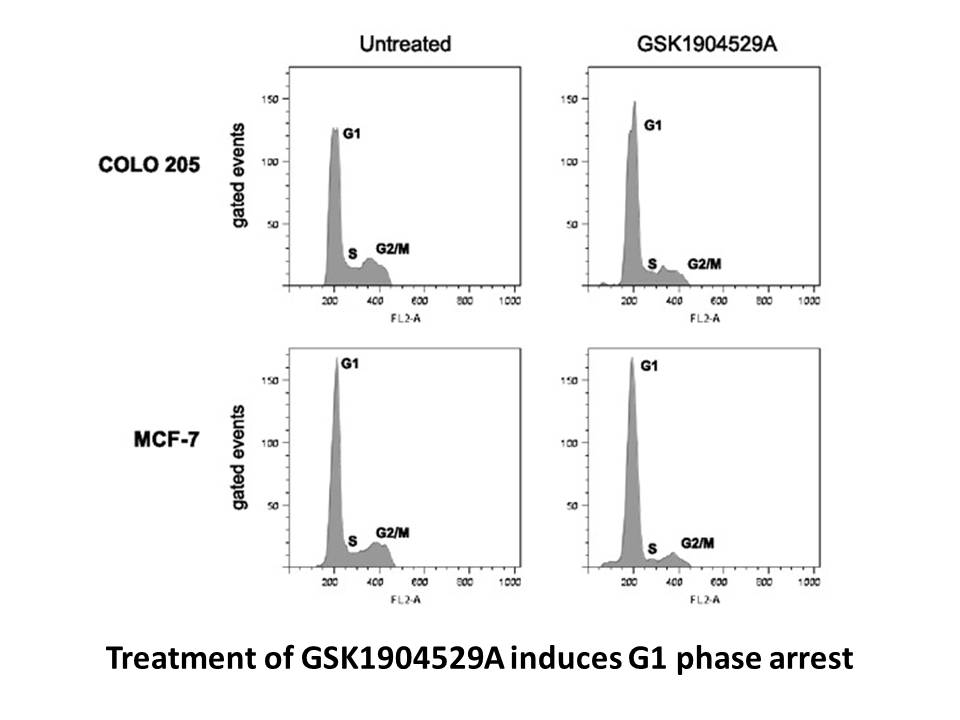
Many investigators have noted structural similarities between certain flavonoids and benzodiazepines, such as diazepam, that are the most widely studied positive modulators of GABAA receptors. Benzodiazepines can act on these receptors via ‘two distinct and separable mechanisms’ (Walters, Hadley, Mo
-
The minimal segment of the SIM
2022-01-20
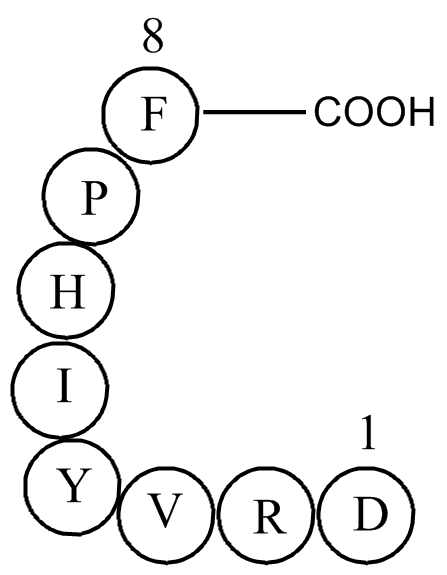
The minimal segment of the SIM appears to be a core of 4-Methylhistamine dihydrochloride residues, which frequently matches the consensus sequences ΨΨΨΨ, ΨxΨΨ, or ΨΨxΨ (where Ψ is V, I, or L and x is typically D, E, S, or T) [29,31,32]. In a subset of SIMs, this hydrophobic core is flanked by serine
-
Several studies have also shown that HK may be
2022-01-20
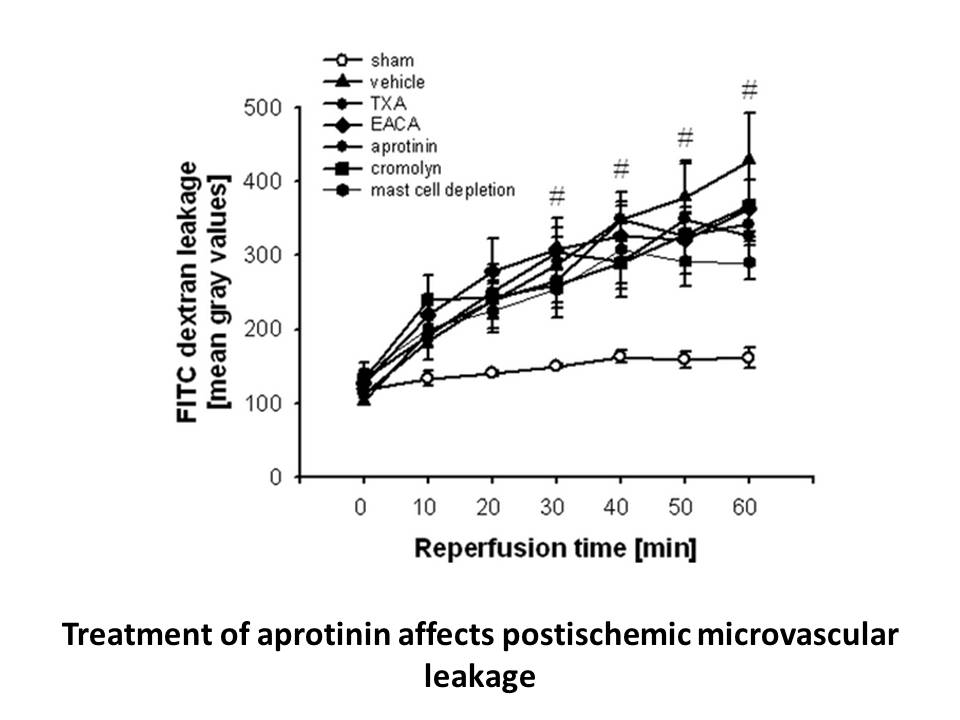
Several studies have also shown that HK2 may be an important downstream Methylprednisolone of the PI3K/AKT/mTOR signaling pathway and may contribute to the development of cancer [15]. In our previous study, we found AKT2 expression was positively correlated with HK2 expression in primary colon canc
-
Decreasing GSK activity has therapeutic benefits in
2022-01-19
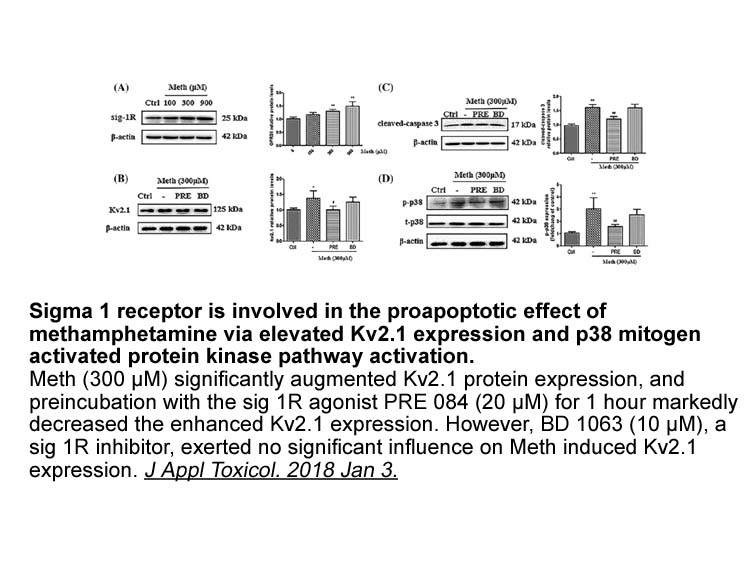
Decreasing GSK-3β activity has therapeutic benefits in animal model of colitis [45] and traumatic Sodium 4-Aminosalicylate injury [46] and ischemia/reperfusion injury [47,48]. In brain, activation of GSK-3β promotes Aβ toxicity by elevating APP expression and its amyloidogenic cleavage, and by dysr
-
Our supF forward mutation assay
2022-01-19
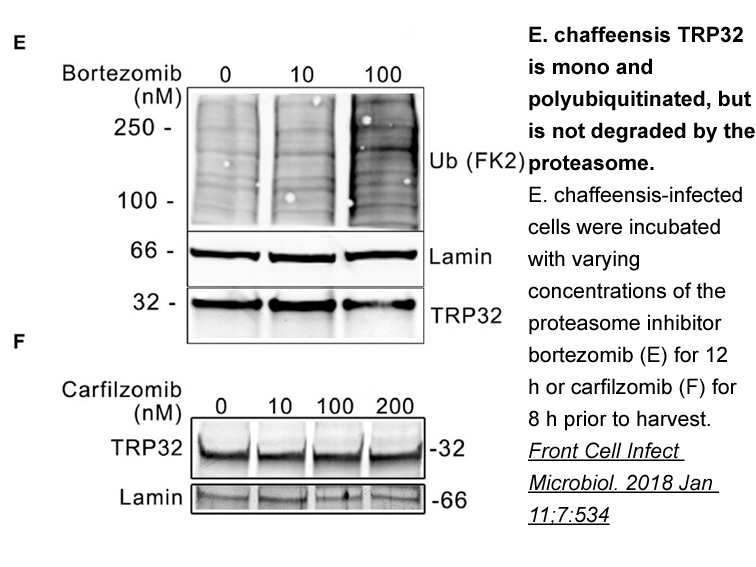
Our supF forward mutation assay revealed, for the first time, that 5OHU predominantly induced the C→T mutation in human cells. The mechanism underlying the induction of the C→T mutation in human cells by 5OHU remains unclear, however, the finding that 5OHU predominantly induced the C→T mutation was
-
The effect of the selected
2022-01-19
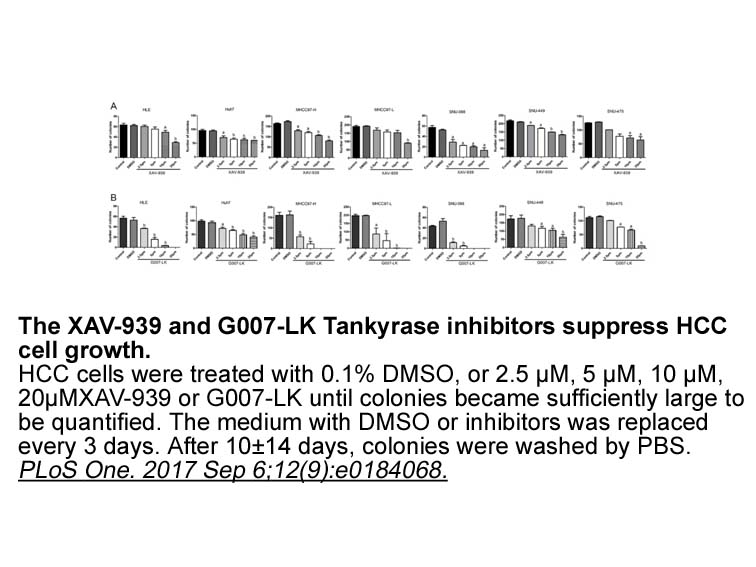
The effect of the selected compounds on NF-kB transrepression was assessed using the well-studied HeLa B2 cell line that expresses endogenous GR and NF-kB family members and responds properly to glucocorticoids and pro-inflammatory cytokines (such as TNF). Our data revealed that the two hit compound
-
GLI proteins activate or repress
2022-01-19
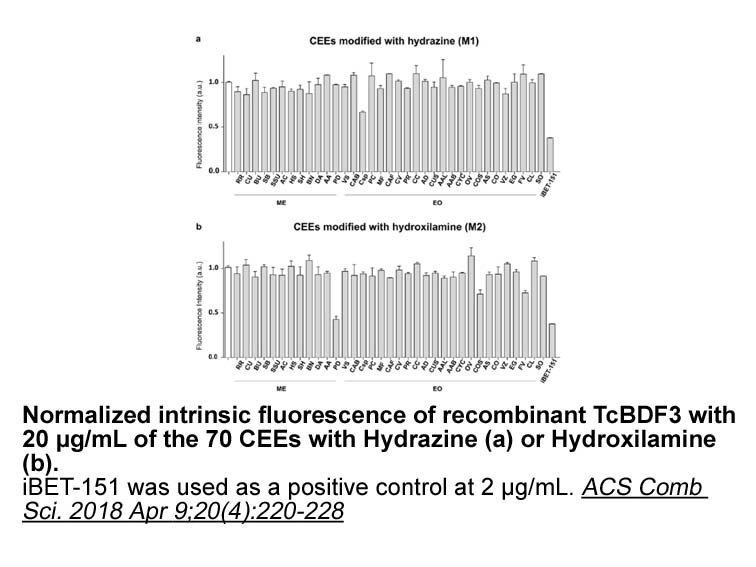
GLI proteins activate or repress transcription of their target genes by binding to a similar sequence motif within a cis-regulatory module (CRM) (Hallikas and Taipale, 2006, Peterson et al., 2012). Transcriptional responses to the HH pathway can be elicited either by de-repression of GLI-R or in oth
-
Introduction Parkinson s Disease PD is a neurodegenerative d
2022-01-19
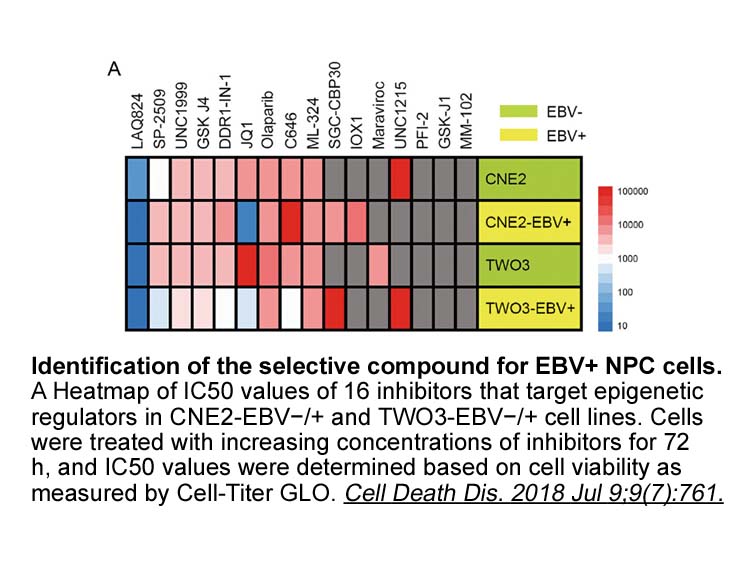
Introduction Parkinson's Disease (PD) is a neurodegenerative disease affecting approximately 5–6 million individuals worldwide [1]. This number is expected to escalate to ∼10 million by the year 2030 as the world's population rapidly ages [2]. In the United States, more than 1 million individuals h
-
With rare exceptions the biological role of secretase cleava
2022-01-19
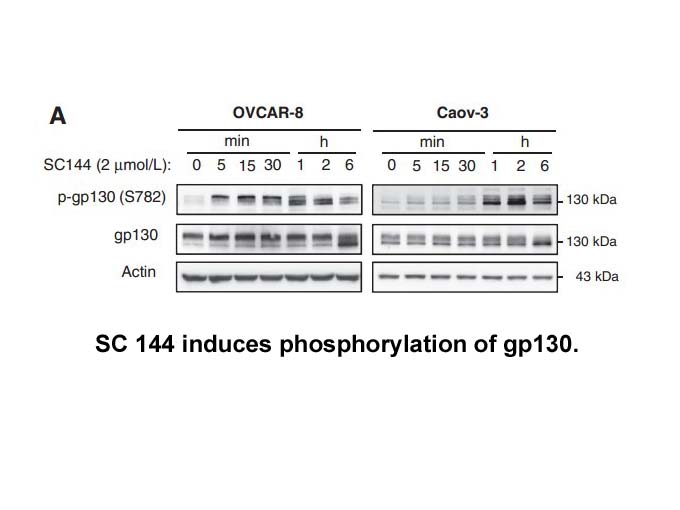
With rare exceptions, the biological role of γ-secretase cleavage of substrates other than Notch 1 has been ignored during proof of concept preclinical repurposing studies. For example, in the GSI AD trial, many individuals noted changes in hair color, apparently due to inhibition of tyrosinase, ano
-
Glucose metabolic pathways are well
2022-01-19

Glucose metabolic pathways are well defined but the subcellular organization of these pathways is poorly understood in liver and kidney. Several factors affect the net flux of gluconeogenesis and allow the Cytarabine to respond to physiological changes [1]. Ovadi and Srere have suggested that a new
15739 records 490/1050 page Previous Next First page 上5页 486487488489490 下5页 Last page